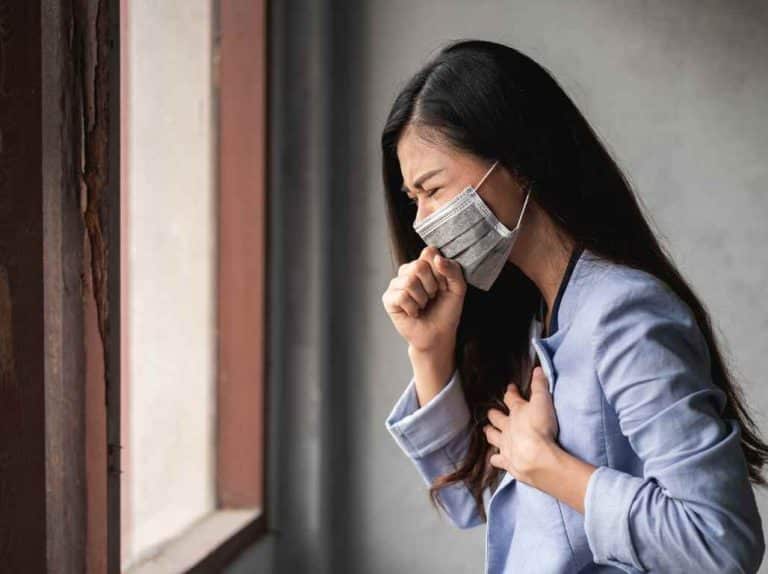You’re Not Imagining It: Covid-19 cases are on the rise again.
Covid is back, or did it never leave? I thought the rising number of cases around me was a fluke at first. Neighbors in my little community in Sarasota were getting Covid this summer. Some of them got it for the first time, and some are getting it again. Last year, when we traveled to Alaska, we got Covid on a cruise ship and were stuck in Seattle for days waiting to test negative. It was awful, and made us want never to travel again. A new grandchild led us to Westport in July this year, and we didn’t get sick; that was encouraging. It was a family reunion and guests came from all over. We didn’t think too much about getting sick, even though we were surrounded by children. Two weeks ago, I was in California visiting, ROR co-editor, Lindsey. I escaped without illness there, too. But neighbors who have travelled to Illinois, Ohio, Vermont, and Massachusetts recently have not been so lucky. Covid is not all around me now. What’s the story?
From NTTimes Fortunately, since a vast majority of Americans have some sort of immunity, either from vaccination or a prior infection, or both, most people who get infected now will have a mild illness.
And while there are multiple strains circulating (nearly all of them descendants of the Omicron XBB variant), they are unlikely to cause the “wildfire spreading” that occurred with the Delta variant and the first Omicron variant, said Dr. David Boulware, a professor of medicine specializing in infectious diseases at the University of Minnesota Medical School. That includes EG.5, which was recently named a “variant under monitoring” by the World Health Organization and currently accounts for about 17 percent of cases in the United States.
“I’m not sure if it’s a surge, per se, or just uptick,” Dr. Boulware said of the current situation. Either way, he added, it’s a reminder “that, yes, Covid still exists.”
Covid Is Back But Tracking Isn’t Easy
Monitoring where and how much the virus is spreading has become significantly more difficult since the Centers for Disease Control and Prevention stopped tracking cases in May, with the end of the federal public health emergency. However, there are still a few metrics to pay attention to — in addition to anecdotal evidence that people around you are getting sick.
Because fewer people tend to have severe cases these days, hospitalization data is less representative of how many people are currently infected. But it can still be useful for measuring trends: Nationwide, about 9,000 people were hospitalized for Covid in the past week, a roughly 12 percent increase over the prior week.
Testing For Covid Symptoms
Covid symptoms haven’t changed much since the start of the pandemic — sore throat, congestion, fatigue, fever and cough remain the most common, said Dr. Paul Sax, the clinical director of the division of infectious diseases at Brigham and Women’s Hospital. Some people may also experience gastrointestinal symptoms, and there are reports that the XBB.1.16 strain can cause pink eye.
These generic symptoms mean it can be “extremely difficult to tell one virus from another,” Dr. Sax said. The easiest way to know if you have Covid or just a summer cold is to take a rapid test.
If the rapid tests in your bathroom are past their expiration dates, check the manufacturer’s website to see if the dates have been extended before you toss the tests. When at-home rapid tests were initially authorized, the Food and Drug Administration required strict expiration dates, but many have since been relaxed.
Rapid tests are still effective for all of the variants that are circulating, and if you test positive, you can trust that you’re infected. If you have symptoms but get a negative result, wait two days and test again; so-called serial testing, where you test multiple times over the course of several days, is more than 90 percent effective at detecting a symptomatic infection.
“If the virus is not present in large quantities,” you may get a negative result even when you’re symptomatic, said Dr. Apurv Soni, an assistant professor at UMass Chan Medical School who has researched rapid test accuracy. “By doing serial testing, you give yourself a chance to catch the virus when it has increased to a higher quantity in your body.”
Treating Covid
If you test positive for Covid and you’re over age 60 or have a condition that increases your risk for a severe infection, ask your doctor to prescribe Paxlovid as soon as possible. For people in these groups, the drug reduces the risk of hospitalization if they start taking it within the first five days of an infection. For young, healthy people, the benefits are less clear: Paxlovid doesn’t provide additional protection against severe disease, but it may help prevent the development of long Covid.
Experts say that the C.D.C. guidance to isolate for five days after a positive test result — meaning stay at home and stay away from other people as best you can — continues to be generally good advice. If you are going to be around others, wear a high-quality N95, KN95 or KF94 mask. Although Covid is now behaving like a typical respiratory illness in most people, it can still be dangerous for vulnerable populations, and long Covid remains a risk, so it’s important to avoid infecting others.
If you have symptoms and test positive after five days, “then I would still avoid contact with others,” Dr. Sax said. But if you test positive after your symptoms have cleared, research now suggests that it’s unlikely you’re still infectious. At that point, Dr. Sax said, “stop testing and just go about your life.”
New Covid Booster Coming In September
Should you get the new booster? We will. Because we have had Covid shots and Covid boosters, we did not get seriously ill last summer. That is an indication to us that we should continue with the shots to be safe.
Covid Self Care Articles
Life Is Back! Don’t Forget Self Care





















